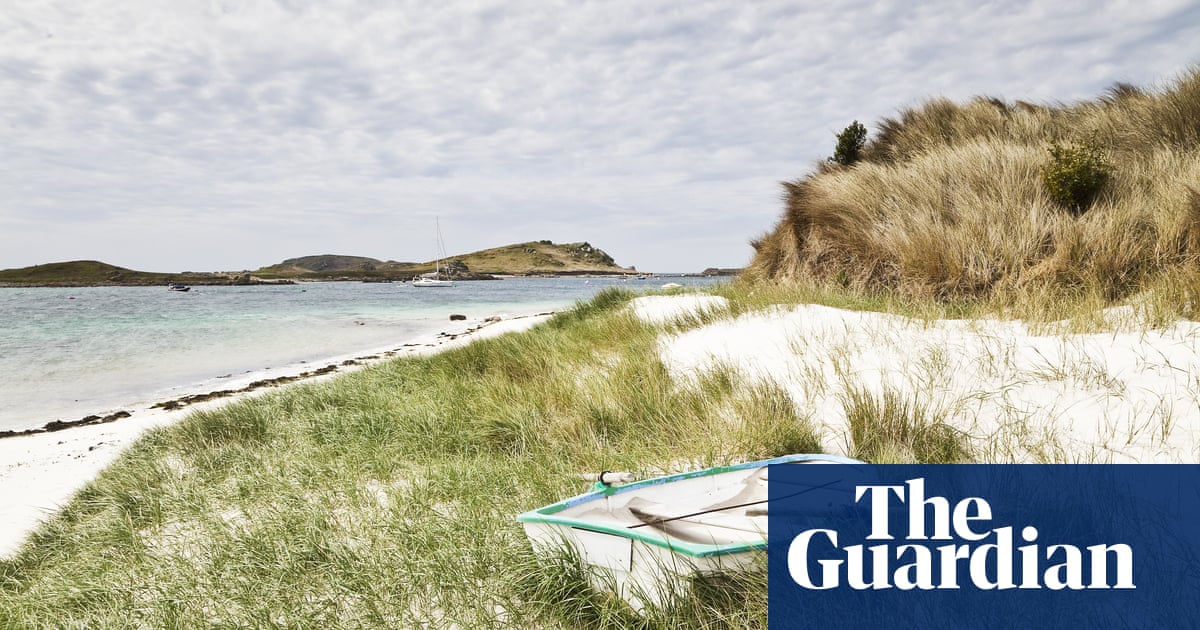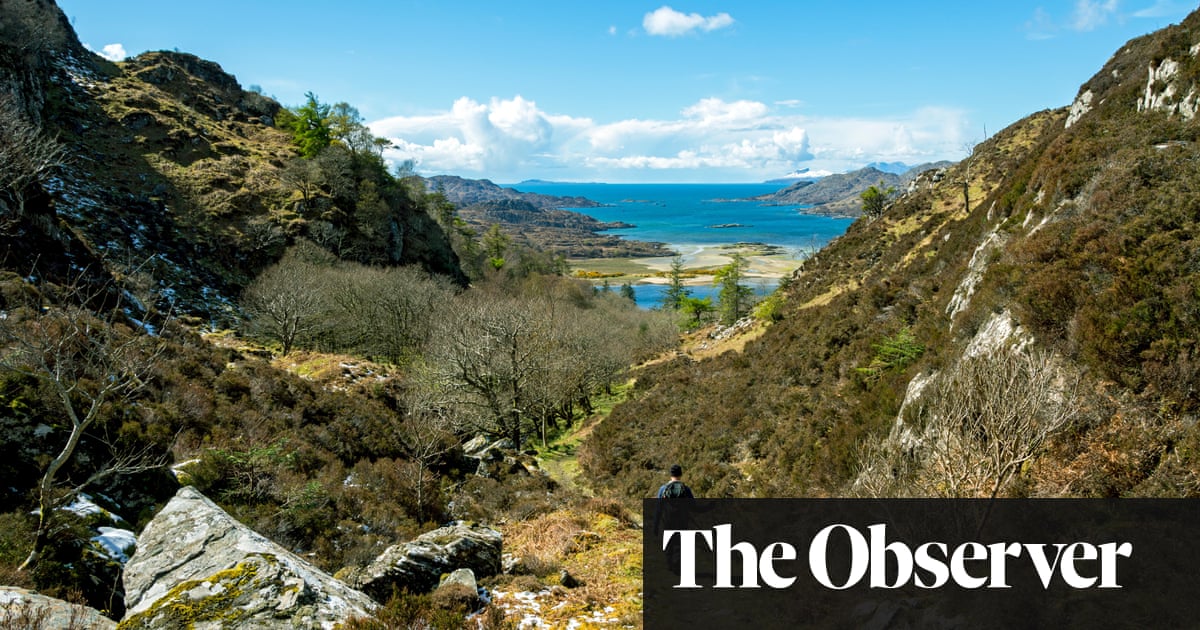
The sudden closure of the Isles of Scilly Museum came as a bitter blow to enthusiasts of its wonderfully eclectic collection of artefacts, which range from booty rescued from shipwrecks to an extraordinary iron age sword and mirror, stuffed birds and a former prime minister’s raincoat and pipe.
But instead of giving in to despair, staff, trustees and volunteers have opted to see the crisis as an opportunity, working hard despite the Covid crisis to save the 8,000 objects and dreaming up the concept of a “museum on the move”.
This spring and summer, satellite pop-up mini-museums will appear on each of the five inhabited islands in the archipelago. Where possible, artefacts will be returned to the island with which they are most closely associated.
The iron age sword and mirror are to be shipped over to the small island of Bryher, where they were found in a farmer’s field, a discovery that inspired the author and frequent visitor Michael Morpurgo to write his book The Sleeping Sword.
Artefacts recovered from an armed cargo ship that went aground near St Agnes in the 17th or 18th century will be displayed in the island’s hall.
An exhibition of some of the items salvaged from HMS Colossus, which sank off Scilly while transporting wounded sailors after the Battle of the Nile in 1798, has already been launched on the island of Tresco.
And the former prime minister Harold Wilson’s mac, pipe, books and beermats are likely to be exhibited in the town hall on the main island, St Mary’s, where he had a holiday home.
It has been a challenging time for Kate Hale, who became museum curator in 2019 just months before it was announced that the building was structurally unsafe and faced demolition. Since then the Covid crisis has made planning the future of the museum difficult.
“It was a shock,” Hale said. But she, a couple of colleagues and volunteers, when Covid restrictions allowed, doggedly set about saving the collection. “It was sometimes us in the basement with our torches because the electricity had been turned off cleaning, wrapping and packing artefacts,” she said.
The pilot gig Klondyke – a boat typical of the islands – that was a centrepiece of the museum has proved difficult to move from the lower floor. Scilly firefighters were roped in to help extract it from the condemned building.
The museum was founded in the 1960s after a collection of Romano-British brooches were found in a shrine on one of the archipelago’s uninhabited islands, Nornour. It opened in the summer of 1967 and became a favourite among visitors, especially on days when storms swept in from the Atlantic and made the beaches less enticing.
Hale said people had grieved for the museum when it emerged that it faced closure. “But we wanted to respond to this in a creative way, to look to the future.”
As well as the Museum on the Move project, the museum has helped develop a “coastal time-tripping app”. Once downloaded, visitors’ phones will inform them about the shipwrecks they are close to as they traipse around the islands.
The aspiration, ultimately, is to create a new, better permanent museum. “The priority in the short term was to get everything safe. The mid term is to keep the museum alive,” said Hale. “Museum on the Move is part of that. But we’re also planning for the long term, how we can build a new permanent museum and make sure it is the centre of cultural life on Scilly. We are ambitious and optimistic.”












